There are few differences between university-affiliated hospitals and for-profit hospitals. We approach university hospitals as scaled down “study units”.

There are few differences between university-affiliated hospitals and for-profit hospitals. We approach university hospitals as scaled down “study units”.
This content is accessible to paid subscribers. To view it please enter your password below or send mike@standardsmichigan.com a request for subscription details.
This content is accessible to paid subscribers. To view it please enter your password below or send mike@standardsmichigan.com a request for subscription details.
This content is accessible to paid subscribers. To view it please enter your password below or send mike@standardsmichigan.com a request for subscription details.
The Institution of Engineering and Technology is leading an inquiry into how the rapidly increasing reliance on digital technology, accelerated by the pandemic, may have a long-term impact on our social and economic wellbeing. A detailed prospectus is linked below
Living online: the long-term impact on wellbeing
The consultation closed on January 20th but, as we do with many IET titles, we maintain the project on the standing agenda of our Infotech colloquia and our 4 times monthly collaboration with the IEEE Education & Healthcare Facilities Committee; all online gatherings open to everyone. You may communicate directly with Duncan Kenyon (duncankenyon@theiet.org) for additional information.
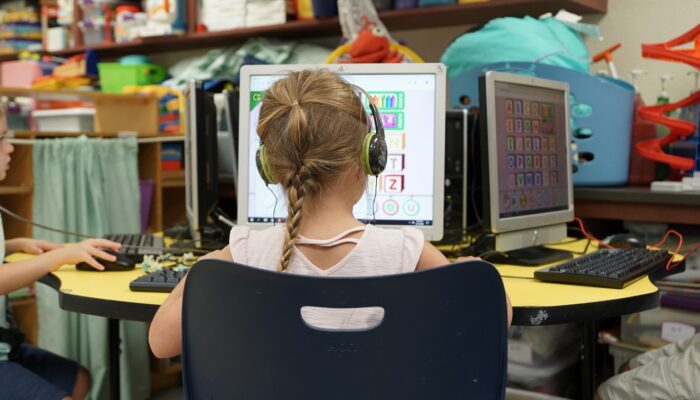
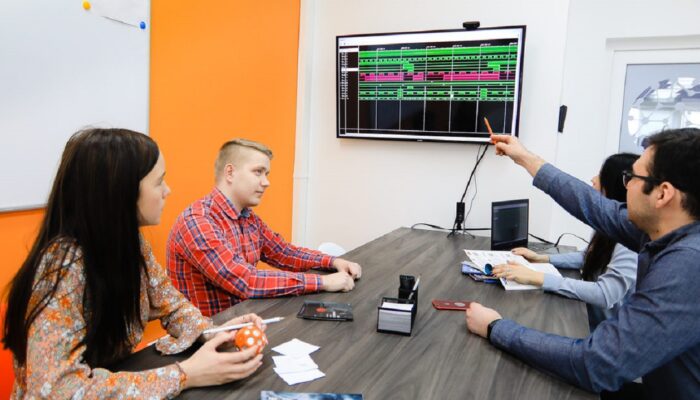
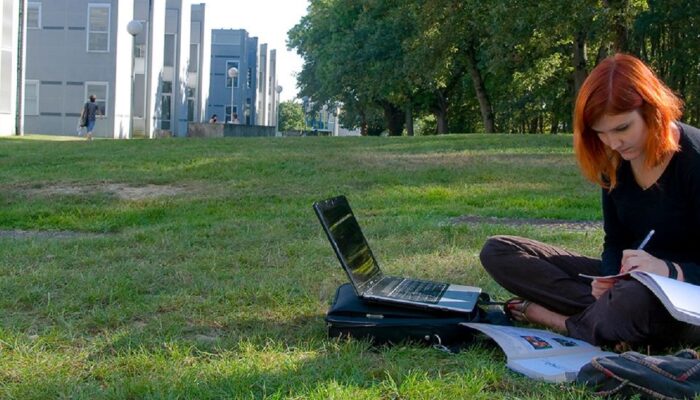
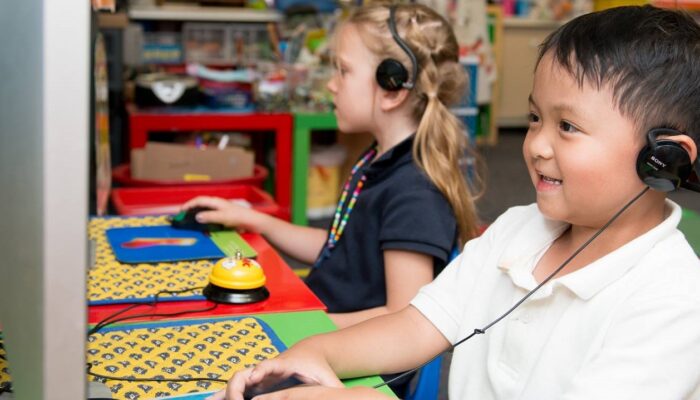
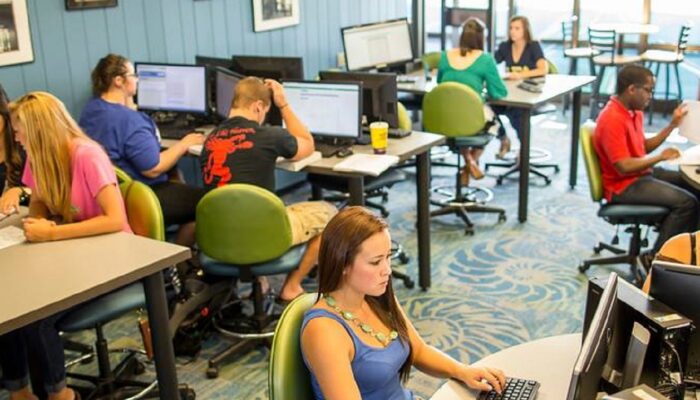
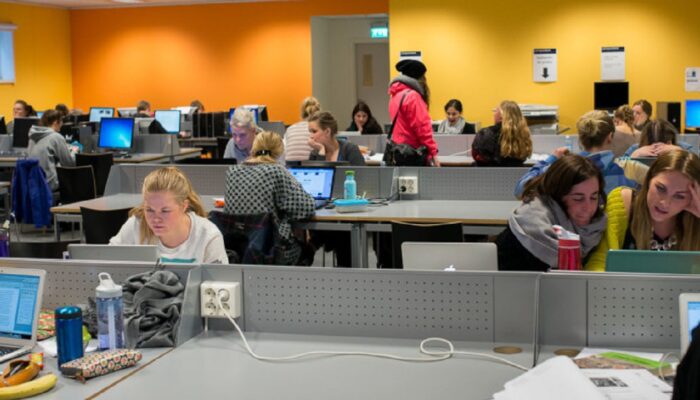
Issue: [20-288]
Category: Infotech, Telecommunications
Colleagues: Mike Anthony, Jim Harvey, Mike Hiler, David Law
The Historic Rutgers Tomato Gets Re-invented in University’s 250th Anniversary Year
Rutgers University Institutional Planning and Operations
Speaking of storms…Photo of an apple orchard in Ireland after a storm.
by Tony Egan pic.twitter.com/EFWQzCtUkz— Edward Elderman (@edwereddie) October 10, 2024
This content is accessible to paid subscribers. To view it please enter your password below or send mike@standardsmichigan.com a request for subscription details.
This content is accessible to paid subscribers. To view it please enter your password below or send mike@standardsmichigan.com a request for subscription details.
שנה טובה
Pomegranates hold special significance in Jewish New Year celebrations, also known as Rosh Hashanah. The association between pomegranates and Rosh Hashanah comes from the tradition of incorporating symbolic foods into the holiday meal, each of which carries a special meaning. Pomegranates are one of these symbolic foods, and they are typically used in various ways to represent different aspects of the holiday:
Seeds of Prosperity: Pomegranates are often seen as a symbol of abundance, fertility, and prosperity. The many seeds inside the fruit are thought to represent the abundance of good deeds and mitzvot (commandments) that one hopes to perform in the coming year. Eating pomegranates on Rosh Hashanah is seen as an expression of the wish for a fruitful and prosperous year ahead.
Sweetness and Renewal: On Rosh Hashanah, it is customary to eat sweet foods to symbolize the desire for a sweet and pleasant year. Pomegranate seeds are sweet and juicy, making them a natural choice for this purpose. Some people dip pomegranate seeds in honey, further emphasizing the desire for sweetness and a sweet New Year.
Symbolic Blessings: Pomegranates are often included on the holiday table as a decorative element. Their vibrant red color is associated with the renewal of life and the hope for a good year. Pomegranate-shaped decorations or even pomegranate-themed dishes and tableware are commonly used during Rosh Hashanah celebrations.
Traditional Blessings: In some Jewish communities, it is customary to recite a special blessing when eating pomegranates on Rosh Hashanah. The blessing expresses the hope for a year filled with good deeds and blessings, just as the pomegranate is filled with seeds.
New update alert! The 2022 update to the Trademark Assignment Dataset is now available online. Find 1.29 million trademark assignments, involving 2.28 million unique trademark properties issued by the USPTO between March 1952 and January 2023: https://t.co/njrDAbSpwB pic.twitter.com/GkAXrHoQ9T
— USPTO (@uspto) July 13, 2023
Standards Michigan Group, LLC
2723 South State Street | Suite 150
Ann Arbor, MI 48104 USA
888-746-3670
